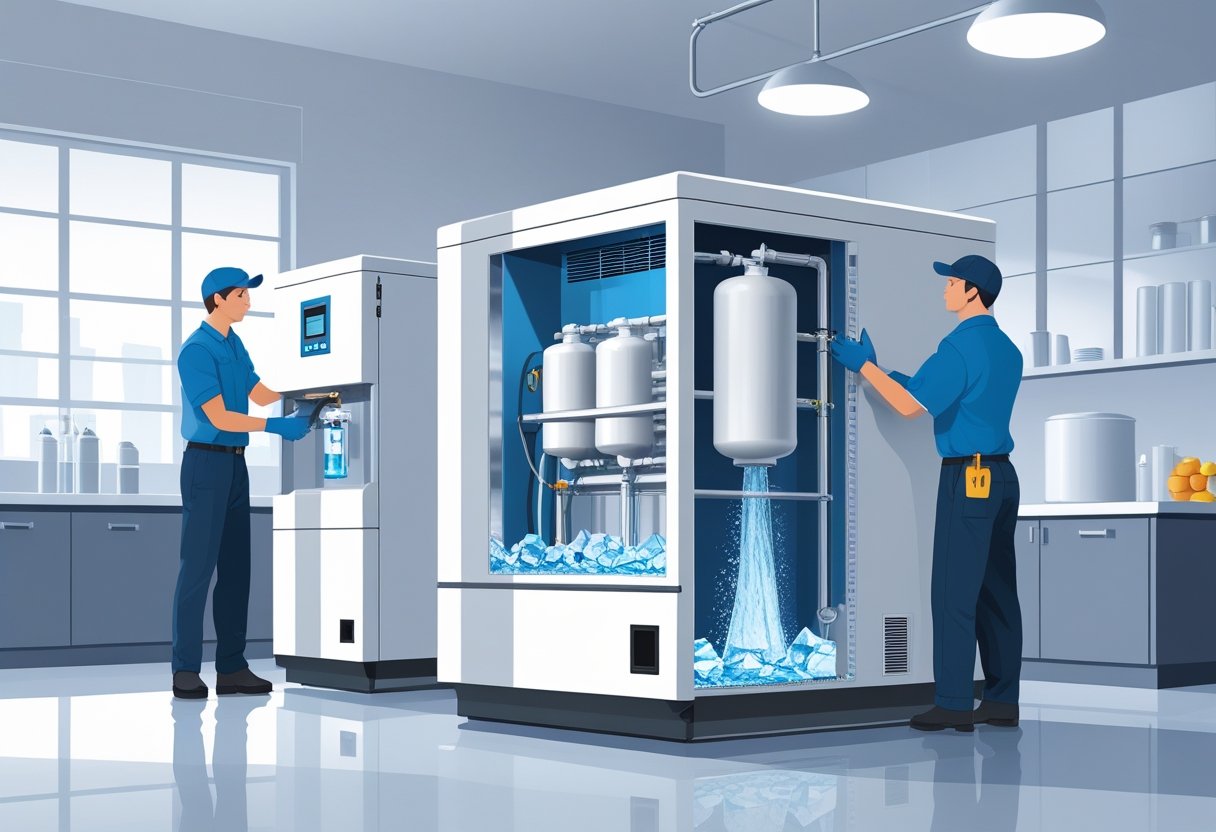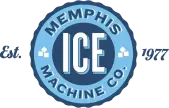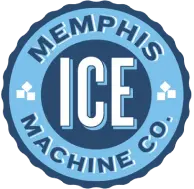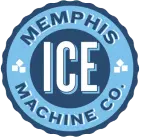proudly serving
the mid-south
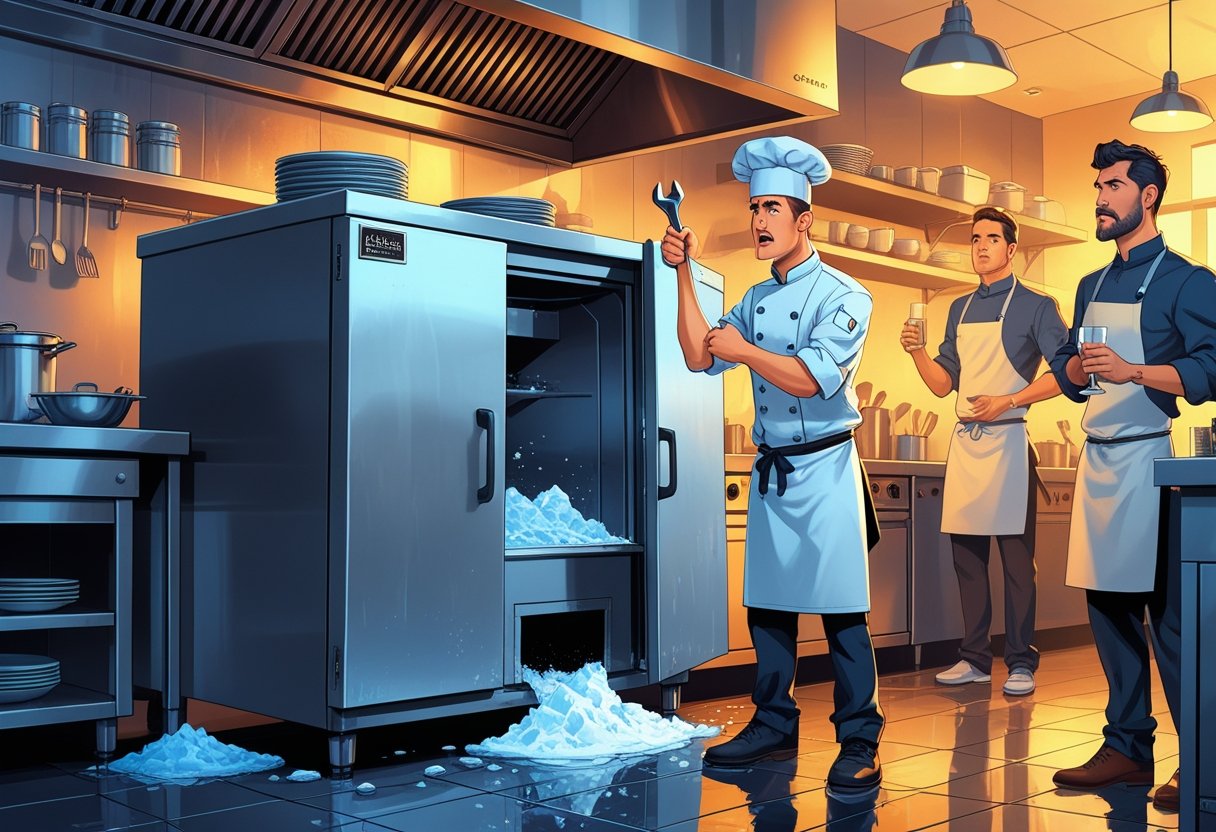
Restaurant Ice Machine Not Working: Common Causes and Quick Fixes
If your restaurant ice machine isn’t working, it can quickly disrupt your entire operation. The most common causes include water supply issues, clogged filters, or electrical problems, all of which you can often address with simple troubleshooting steps. Knowing what to check first can save you valuable time and prevent costly downtime.
At Memphis Ice, we understand how critical a reliable ice machine is to your business. Whether you run a busy kitchen or a bar, having ice ready when you need it keeps things running smoothly. Taking quick action to diagnose the problem, or contacting trusted Memphis refrigeration experts, means you won’t be left without ice when it matters most.
Identifying Why Your Restaurant Ice Machine Is Not Working
Knowing how to spot problems with your commercial ice machine can save you time and reduce downtime during busy restaurant hours. Monitoring machine performance, recognizing early issues, and assessing the kitchen environment are key to keeping your equipment running smoothly.
Recognizing Machine Not Making Ice
If your ice machine suddenly stops producing ice or drops noticeably in output, it’s a clear sign of trouble. Common causes include a disrupted water supply, clogged filters, or electrical issues like blown fuses or tripped breakers.
Check if the machine is plugged in and receiving power. Then verify the water line is intact and turned on. If water pressure is low or inconsistent, the ice production will fall off. Sometimes, buildup inside the machine can obstruct water flow or freezing cycles.
Keeping these routine checks can help you spot why the ice machine isn’t making ice before a complete failure occurs. For practical tips on diagnosing ice production problems, consider exploring expert advice from Memphis Ice.
Warning Signs of Malfunction
Beyond no ice production, other warning signs can indicate malfunction. Listen for unusual noises such as grinding or hissing, which may suggest mechanical or compressor issues. Leaks around the unit can point to damaged seals or loose water connections.
Watch for ice that is unusually small, cloudy, or misshapen. These symptoms often signal equipment issues like fouled evaporators, poor water quality, or temperature inconsistencies. A commercial ice machine must maintain specific conditions to produce clear, quality ice.
Early detection of these signs helps avoid costly repairs and extends your machine’s lifespan. Being aware of these helps keep your commercial kitchen equipment operating without disruption.
Assessing the Commercial Kitchen Environment
Your commercial ice machine’s performance is closely tied to its environment. High ambient temperatures, poor ventilation, or nearby heat-producing equipment can strain its cooling system. This leads to reduced ice production or overheating protection triggers.
Ensure the ice machine has enough clearance for airflow and is not exposed to steam or grease. Regularly clean the condenser coils and inspect surrounding areas for dirt or debris buildup. Water quality also affects your machine—hard water can cause scale buildup that impairs function.
Evaluating these factors is essential to maintaining steady ice supply in your restaurant setting. Memphis Ice technicians can assist with environmental assessments and recommend maintenance tailored to your space. For more detailed troubleshooting, review comprehensive guides on commercial ice machine issues and solutions.
Troubleshooting Ice Production Issues
When your commercial ice machine slows or stops producing ice, the problem often traces back to water flow or cooling efficiency. Key areas to check include the water supply line, the water inlet valve, and refrigerant levels, all critical for consistent ice output.
Evaluating the Water Supply Line
Start by confirming your water supply line is connected and delivering adequate flow. Low water pressure or a clogged line can reduce or stop ice production entirely.
Look for visible kinks, leaks, or damage along the line. If you find blockages, clear or replace that section. Also, verify that the water source is turned on and supplying clean, fresh water consistently.
If sediment buildup is an issue, replace or clean water filters regularly to maintain flow quality. A properly functioning water supply line ensures the ice machine fills correctly and maintains production rhythm.
Inspecting the Water Inlet Valve
The water inlet valve controls water entry into the ice machine. A malfunctioning valve will disrupt the ice-making cycle.
Check if the valve is stuck closed or partially open. It should open fully during the fill cycle. Listen for unusual noises or verify with a multimeter that it’s receiving power signals when operating.
If you detect leaks or the valve won’t open, replacement is usually necessary. Cleaning mineral buildup around the valve can sometimes restore function, but persistent issues require prompt repair to avoid extended downtime.
Checking Refrigerant Levels
Proper refrigerant levels are essential for freezing water into ice efficiently. Low refrigerant can cause slow or no ice production.
Signs of a refrigerant leak include reduced cooling, frost buildup on coils, or an ice maker that warms prematurely. Diagnosing refrigerant issues often requires a certified technician to test pressure levels and identify leaks.
Without sufficient refrigerant, the ice machine cannot maintain freezing temperatures, severely affecting output. Scheduling regular maintenance through a trusted Memphis Ice specialist can catch these problems early, keeping your machine reliable.
Addressing Electrical and Mechanical Problems
Electrical and mechanical issues often cause your commercial ice machine to stop working properly. Diagnosing these problems usually involves checking power sources, thermostat function, and internal controls to ensure everything is aligned for smooth operation.
Resolving Power Supply Complications
First, verify that your ice machine is receiving consistent power. Check the power cord, outlet, and circuit breaker for any signs of damage or tripped switches. A loose or faulty connection can interrupt ice production entirely.
If the machine uses a dedicated circuit, ensure it’s not overloaded by other equipment. Fluctuating voltage or power surges may damage internal components, leading to intermittent operation or failure. Using a surge protector can prevent some of these issues.
When troubleshooting power interruptions, test voltage with a multimeter if possible. If you’re unsure or the problem persists, contact a professional technician to avoid electrical hazards and further damage to your commercial kitchen equipment.
Diagnosing Internal Thermostat Performance
The thermostat controls the temperature inside your ice machine’s freezing compartment. A malfunctioning thermostat can cause insufficient ice production or melting of formed ice.
Test the thermostat’s accuracy by comparing its reading to an external thermometer. If temperatures are off, the thermostat may need recalibration or replacement. In some commercial ice machines, the thermostat is integrated with the control board, so inspecting both is important.
Signs of a faulty thermostat include the machine running too long, short cycling, or failing to reach the freezing point. Regular maintenance by Memphis Ice professionals can help catch these issues early and keep your equipment operating efficiently.
Examining Control Settings and Circuitry
Your ice machine’s control board manages all operational functions. If settings are incorrect or the circuitry is damaged, ice production can halt or behave erratically.
Inspect the control panel for error codes or warning lights, which often indicate specific issues. Resetting the system according to the manufacturer’s instructions can sometimes resolve minor faults.
Look for burnt components, loose wiring, or corrosion on circuit boards. Such problems usually require expert diagnosis and repairs to avoid compounding damage.
Understanding these controls allows you to spot problems early. Memphis Ice offers comprehensive troubleshooting and repair services to ensure your commercial ice machine keeps up with your business demands.
For further detailed guidance, check out commercial ice machine troubleshooting resources.
Maintaining and Cleaning Commercial Ice Machines
Keeping your commercial ice machine in top shape means paying close attention to critical maintenance tasks. Regular cleaning and part replacement ensure consistent ice quality and prevent costly downtime.
Cleaning Condenser Coils
Dirty condenser coils reduce cooling efficiency, causing your ice machine to work harder and potentially overheat. Clean coils at least every three months or more often if your kitchen is dusty or greasy. Use a soft brush or vacuum designed for delicate equipment to remove dust and debris from the coils.
Avoid using water or harsh chemicals, which can damage the coils. When coils are clean, your commercial ice machine maintains optimal temperature control, improving ice production and reducing energy costs. Check coils during routine inspections to catch buildup early.
Replacing Water Filters
Water filters play a vital role in ice quality and machine health by trapping impurities like chlorine, sediment, and minerals. Replace filters every six months or as recommended by the manufacturer. Neglecting this leads to poor-tasting ice, clogged components, and potential machine malfunctions.
Use filters certified for commercial ice machines to protect internal parts and maintain hygiene. If you notice a decrease in ice production or unusual tastes, inspect and replace the filter immediately. At Memphis Ice, we recommend scheduling filter changes alongside regular service calls to minimize disruptions.
Managing Ice Buildup and Clogs
Ice buildup inside your machine can block water flow and disrupt the freezing cycle. Check the ice bin and dispenser areas weekly for chunks or frost accumulation that may impair operation. If you spot buildup, power off the machine and carefully remove ice obstructions.
Clogs in water lines or drains often cause reduced ice output or leaks. Clear blockages by flushing lines with warm water or following your unit’s maintenance manual. Persistent issues might require professional attention. Addressing these problems early protects your equipment and keeps it producing reliably through Memphis’s busy summer months.
When to Call a Professional Technician
Knowing when to seek professional help can save you time and reduce costly damage to your commercial ice machine. Issues like electrical faults, refrigerant leaks, or persistent malfunctions often require expert diagnosis. Understanding your repair options and the terms of your warranty or service contract is essential.
Determining Repair Versus Replacement
If your ice machine breaks down, start by assessing the frequency and severity of the problem. Minor issues like clogged filters or simple electrical resets can often be managed with basic troubleshooting. However, repeated breakdowns or serious conditions such as a refrigerant leak signal that professional intervention is necessary.
Consider the machine’s age and overall condition. Older units may have outdated parts no longer efficiently supported, which could justify a replacement rather than costly ongoing repairs. A technician can evaluate whether repairing your ice machine will restore reliable function or if replacement offers better value for your business.
Understanding Warranty and Service Contracts
Check the warranty status of your commercial ice machine before attempting repairs. Many warranties cover specific components or repairs for a limited time after purchase. Unauthorized repairs might void your coverage, leading to higher out-of-pocket costs.
Service contracts with companies like Memphis Ice often include routine maintenance and priority repairs. These agreements can reduce unexpected downtime by ensuring timely professional attention. Knowing your contract’s coverage helps you decide when a technician’s visit is included or when additional costs may apply.
Frequently Asked Questions
Knowing how to quickly address common ice machine issues can save you time and prevent costly downtime. Whether your machine needs a reset, shows signs of mechanical failure, or just isn’t cycling ice properly, understanding the key causes and solutions helps keep your operation running smoothly.
How do you reset a commercial ice machine?
To reset most commercial ice machines, first turn off the unit at the power switch or unplug it. Wait about 5 minutes to allow the system to fully power down. Then plug it back in or switch it on. This often clears error codes and restarts the cycle.
If your machine has a reset button, press and hold it for several seconds according to the manufacturer’s instructions. Always check the machine’s manual for exact resetting procedures.
What are common reasons a Manitowoc ice machine would stop making ice?
A Manitowoc ice machine may stop producing ice due to water supply problems, clogged water filters, or a frozen evaporator. Electrical issues like a tripped breaker can also halt production.
Regular filter replacement and ensuring consistent water flow prevent many stoppages. For more details on troubleshooting, you can visit a detailed guide on common ice machine problems.
Why is my commercial ice machine not releasing ice?
If your machine is not releasing ice, the issue might lie in a jammed ice chute, a faulty ice level sensor, or a stuck ice ejector mechanism. Sometimes ice cubes fuse together, causing blockages.
Inspect the ice bin and clear any ice build-up. If the problem persists, a technician from Memphis Ice can diagnose and fix the release system efficiently.
What troubleshooting steps should I take if my commercial ice machine won’t turn on?
Start by verifying that the machine is plugged in and that the circuit breaker hasn’t tripped. Check the power outlet and any switches on the unit.
Also, inspect the fuse and water level. Sometimes low water triggers a safety cutoff. If these basic checks don’t restore power, professional service may be needed to test internal components.
How can I diagnose problems with an old ice machine in my restaurant?
For older machines, listen for unusual noises that indicate motor or compressor issues. Check for leaks or ice quality changes, which often signal water or refrigeration problems.
Routine maintenance history helps identify patterns. Memphis Ice recommends regular inspections to prolong equipment life and keep ice flowing when it counts.
What maintenance should be performed regularly on a Hoshizaki ice machine?
Regular maintenance includes cleaning or replacing water filters every six months to maintain water purity. You should also clean condenser coils and sanitize the ice bin monthly to prevent buildup and bacteria growth.
Routine checks of water supply lines and ice thickness sensors ensure consistent performance and reduce unexpected failures. Detailed maintenance guides can provide step-by-step help if you want to do it yourself.
Recent News
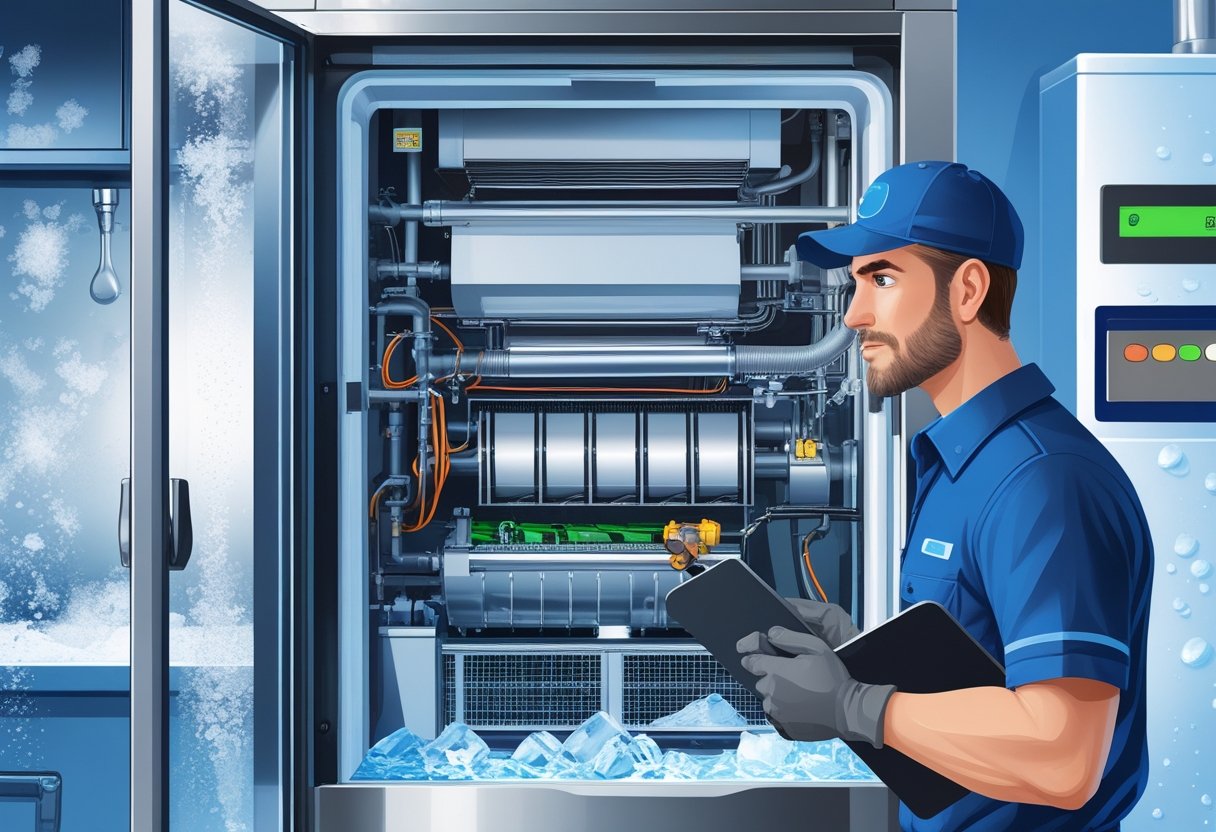
Why Is My Ice Machine Slow Causes and Quick Fixes to Improve Ice Production
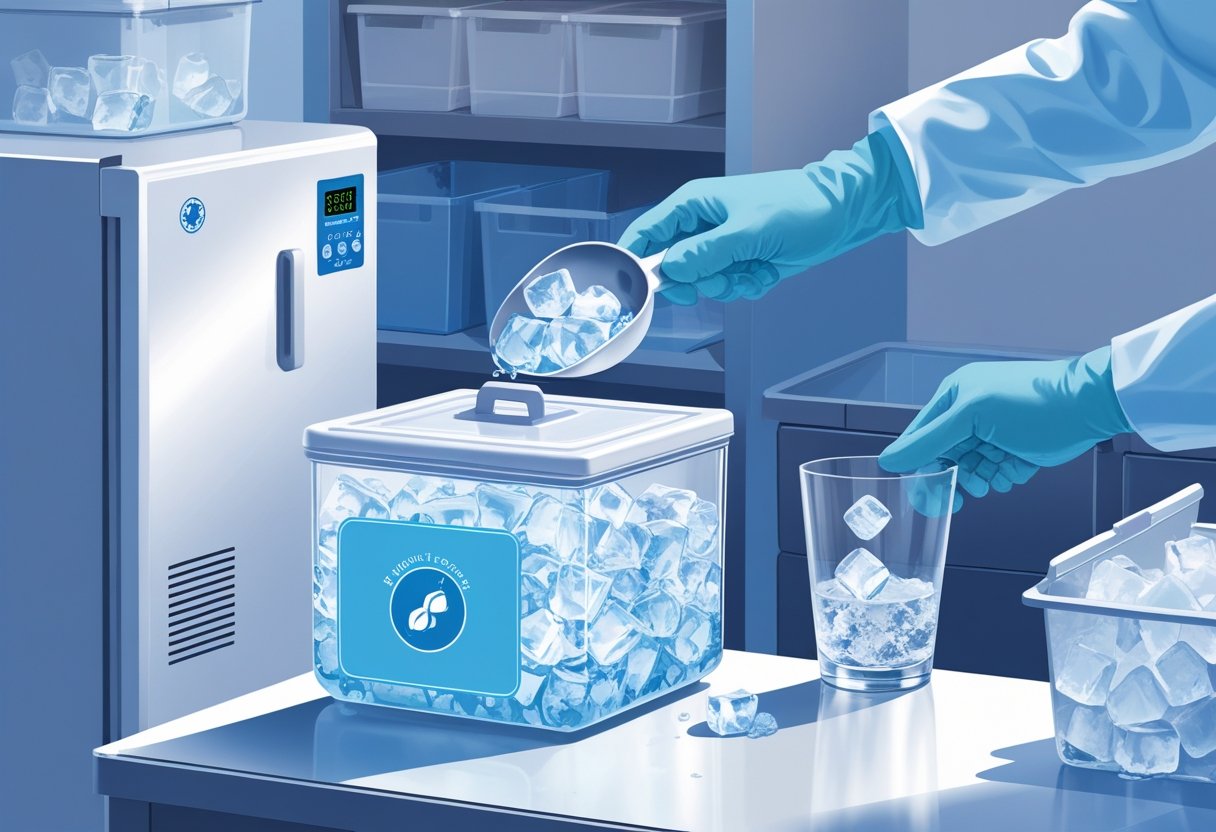
Best Practices for Storing Ice to Maintain Purity and Extend Shelf Life
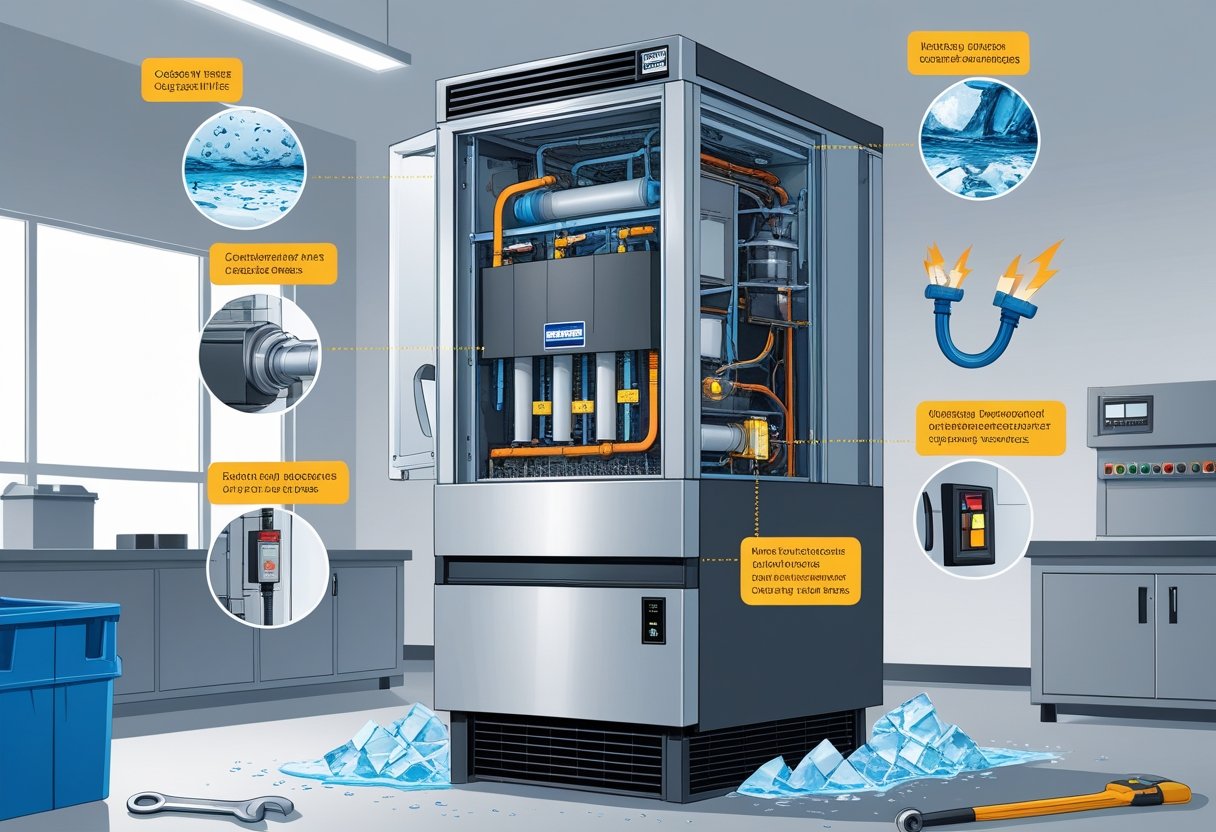
Top Reasons Ice Machines Fail and How to Prevent Costly Breakdowns
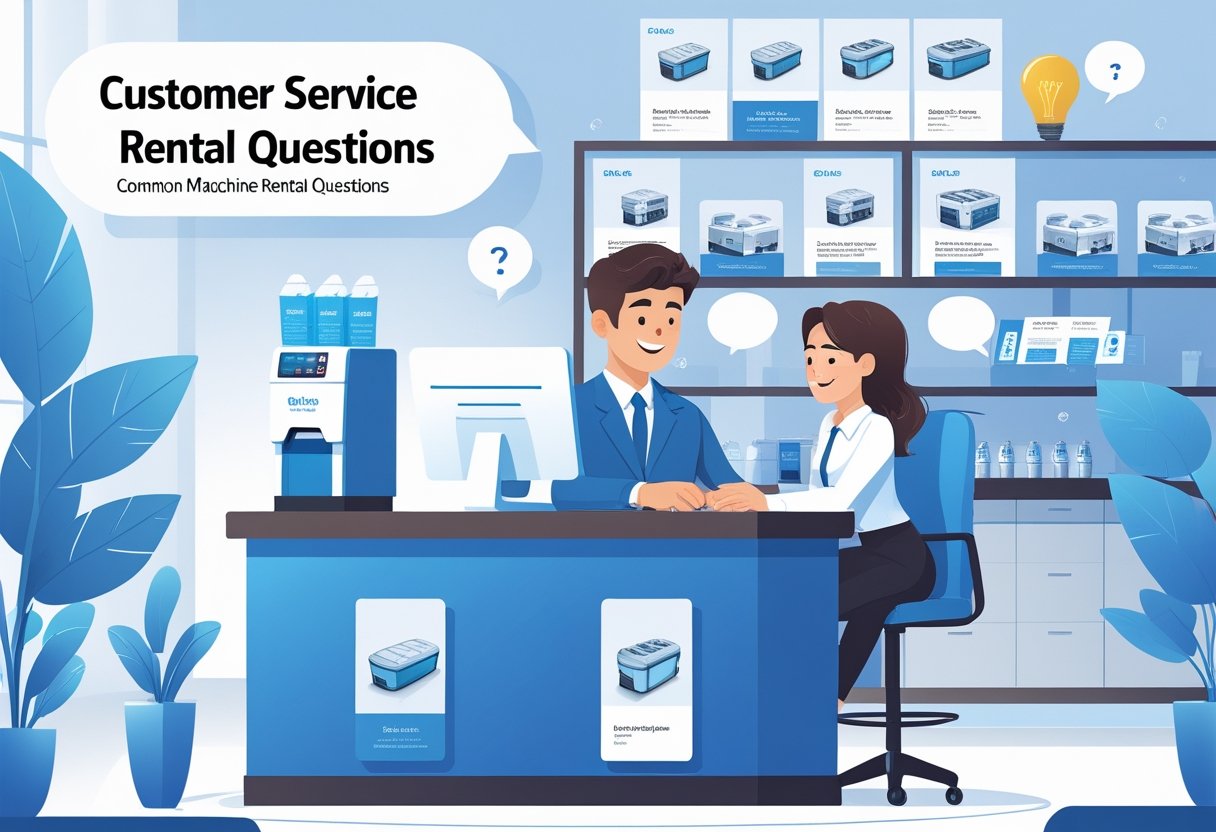
Common Ice Machine Rental Questions Answered for Event and Business Needs
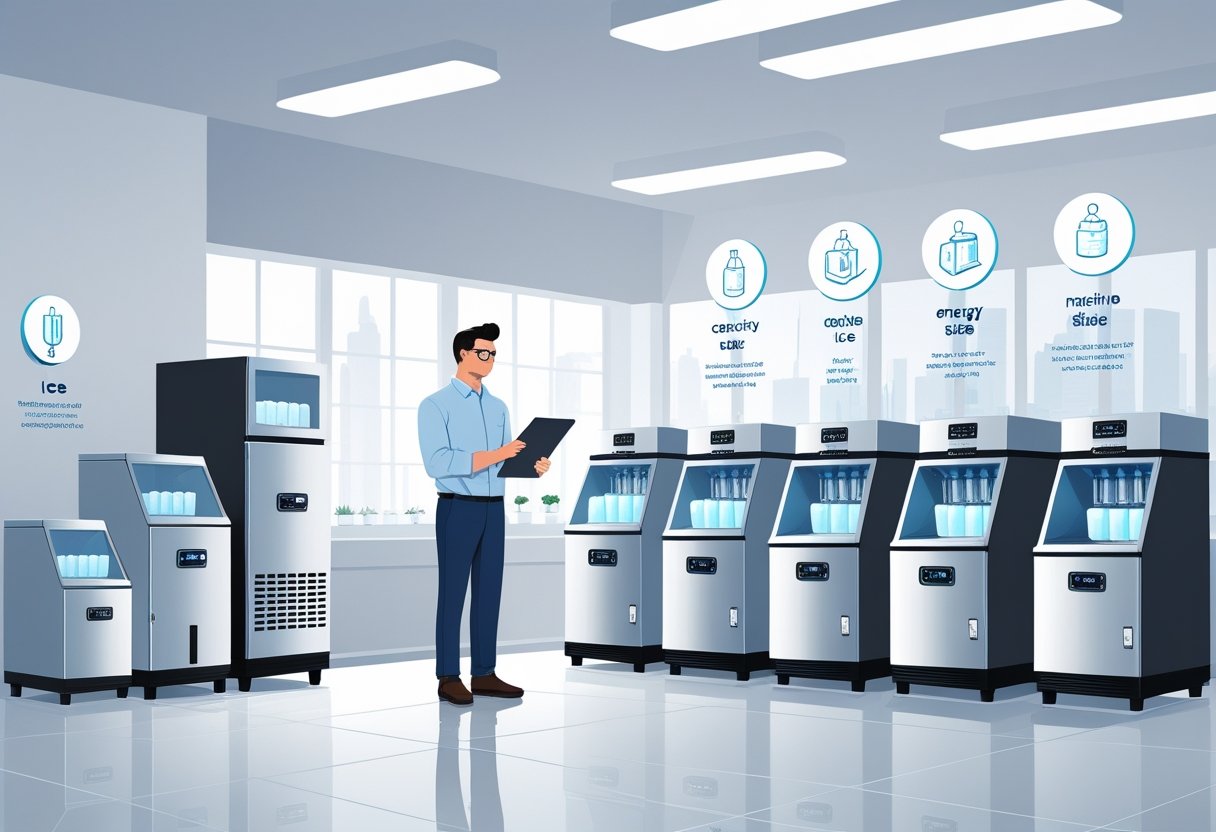
How to Choose a Commercial Ice Machine for Optimal Efficiency and Reliability
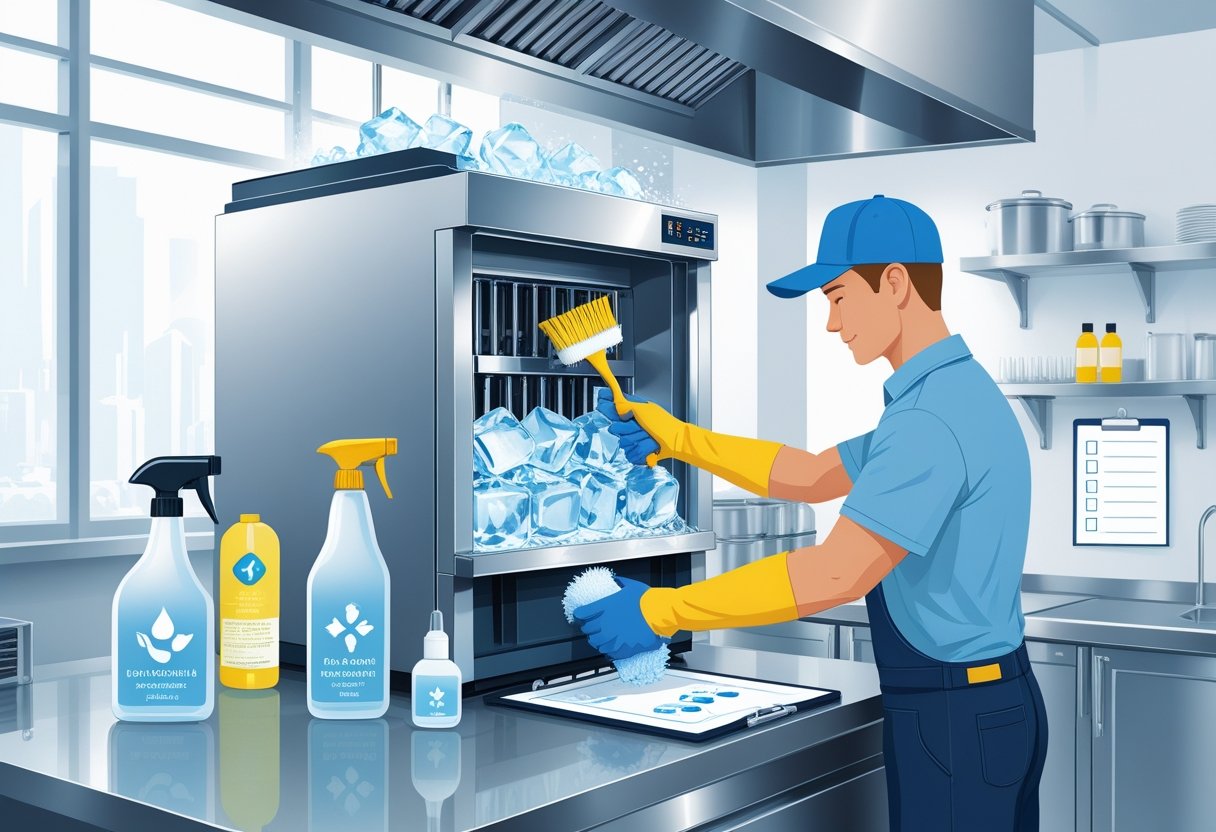
Importance of Routine Ice Machine Cleaning for Health and Efficiency Maintenance
